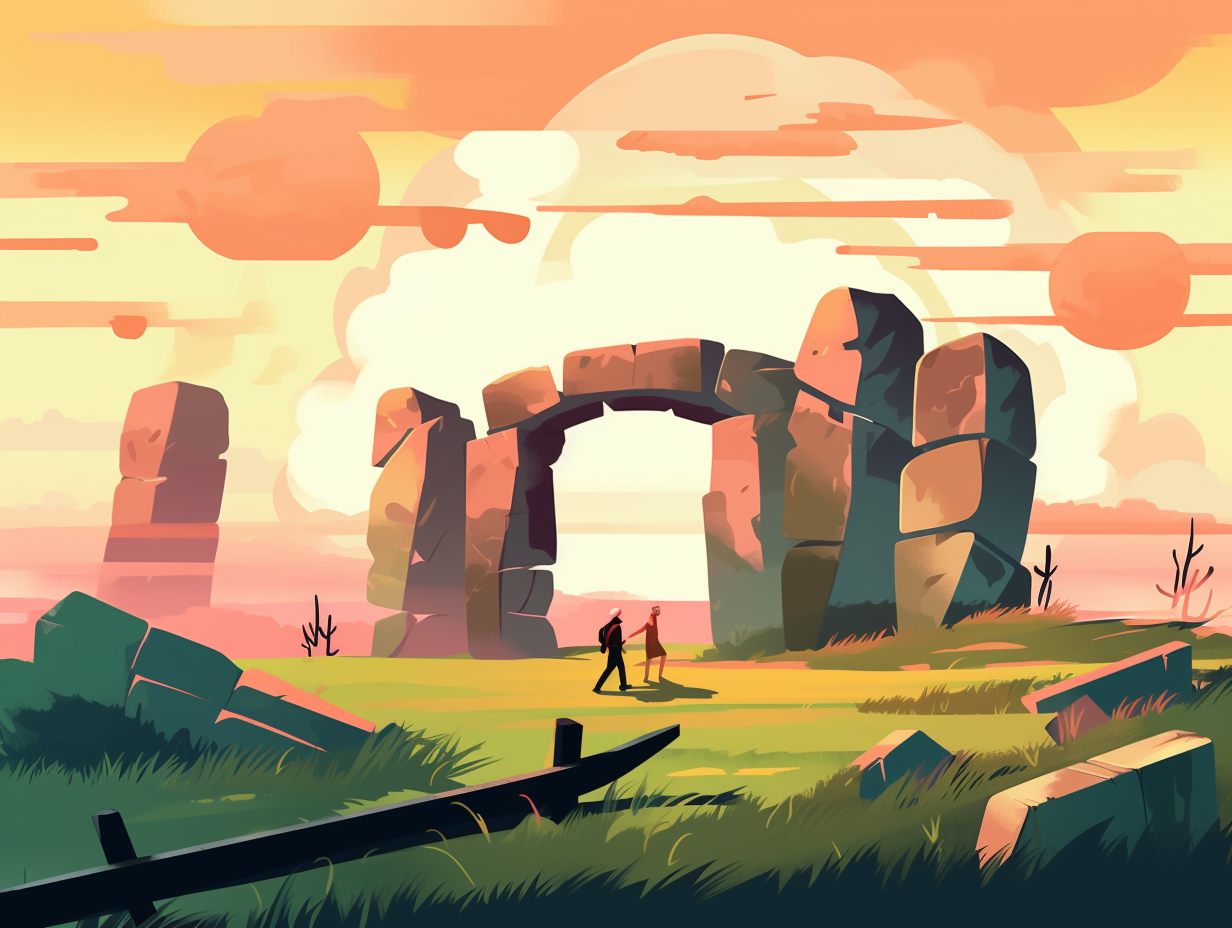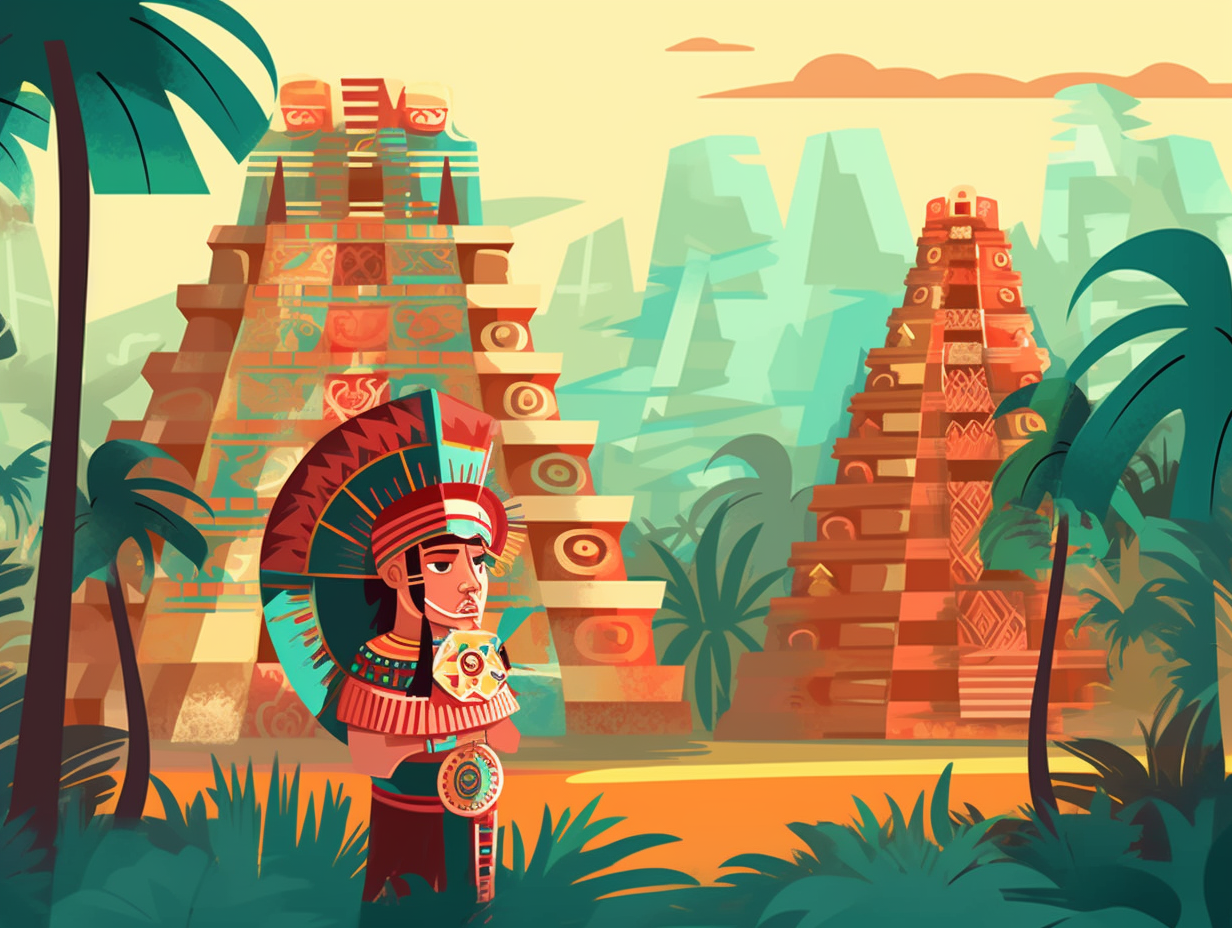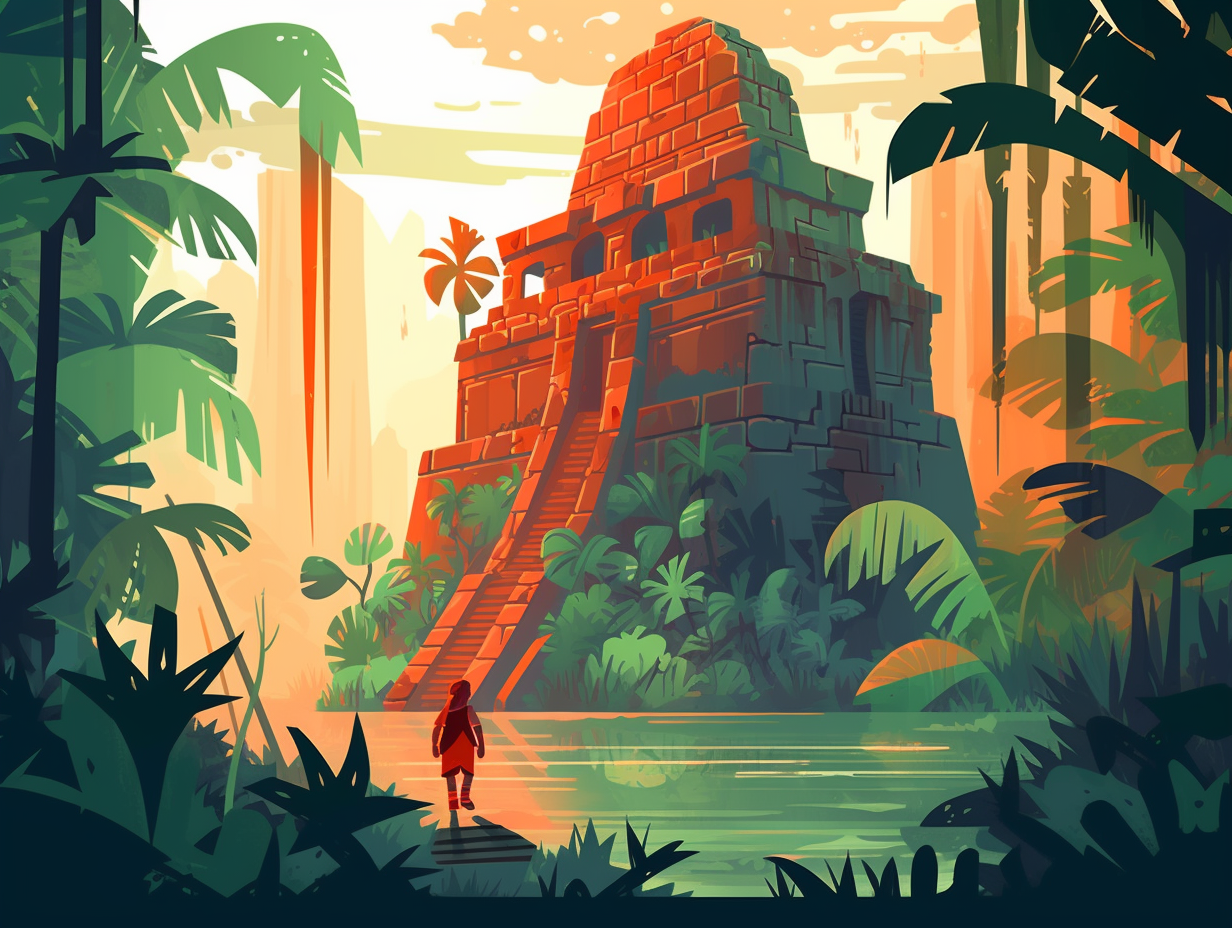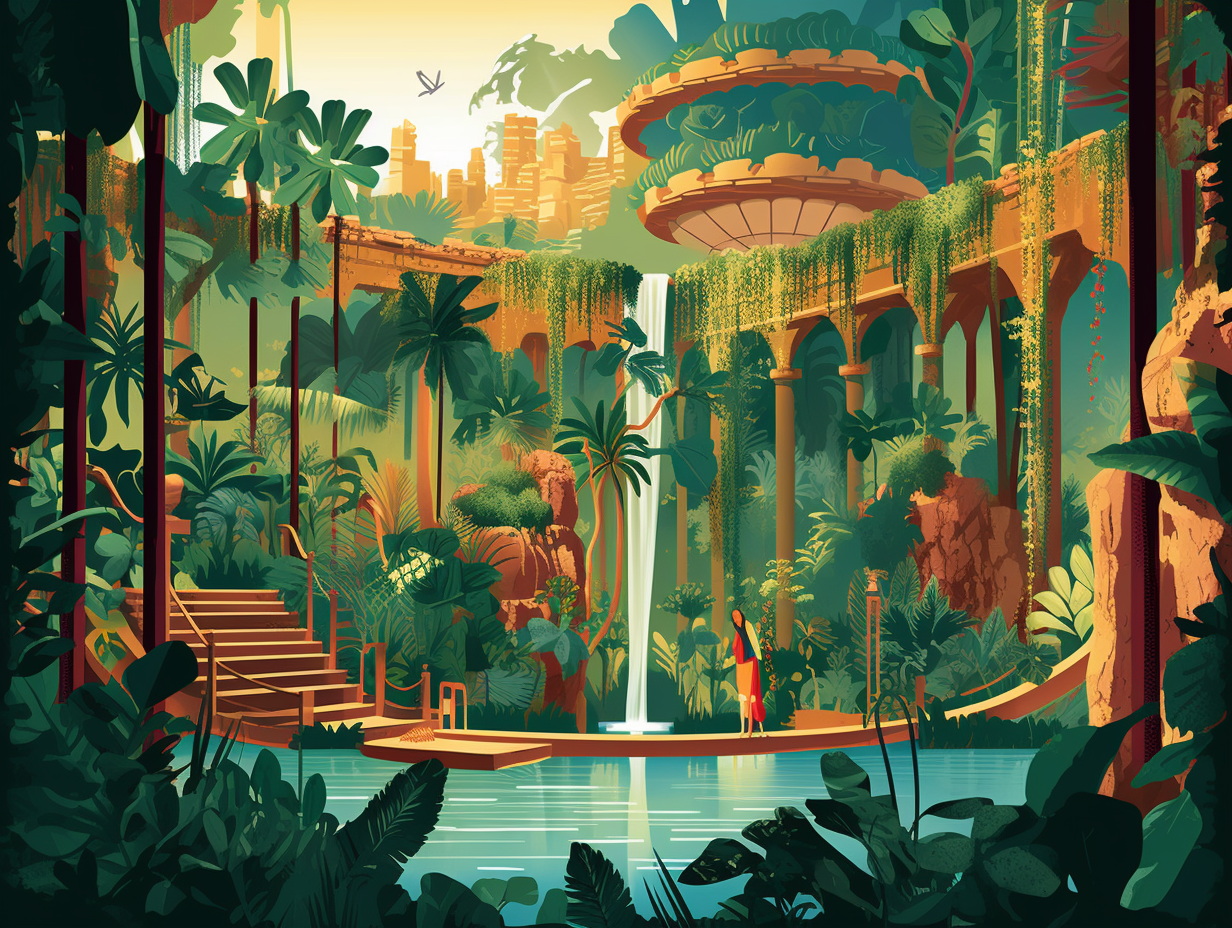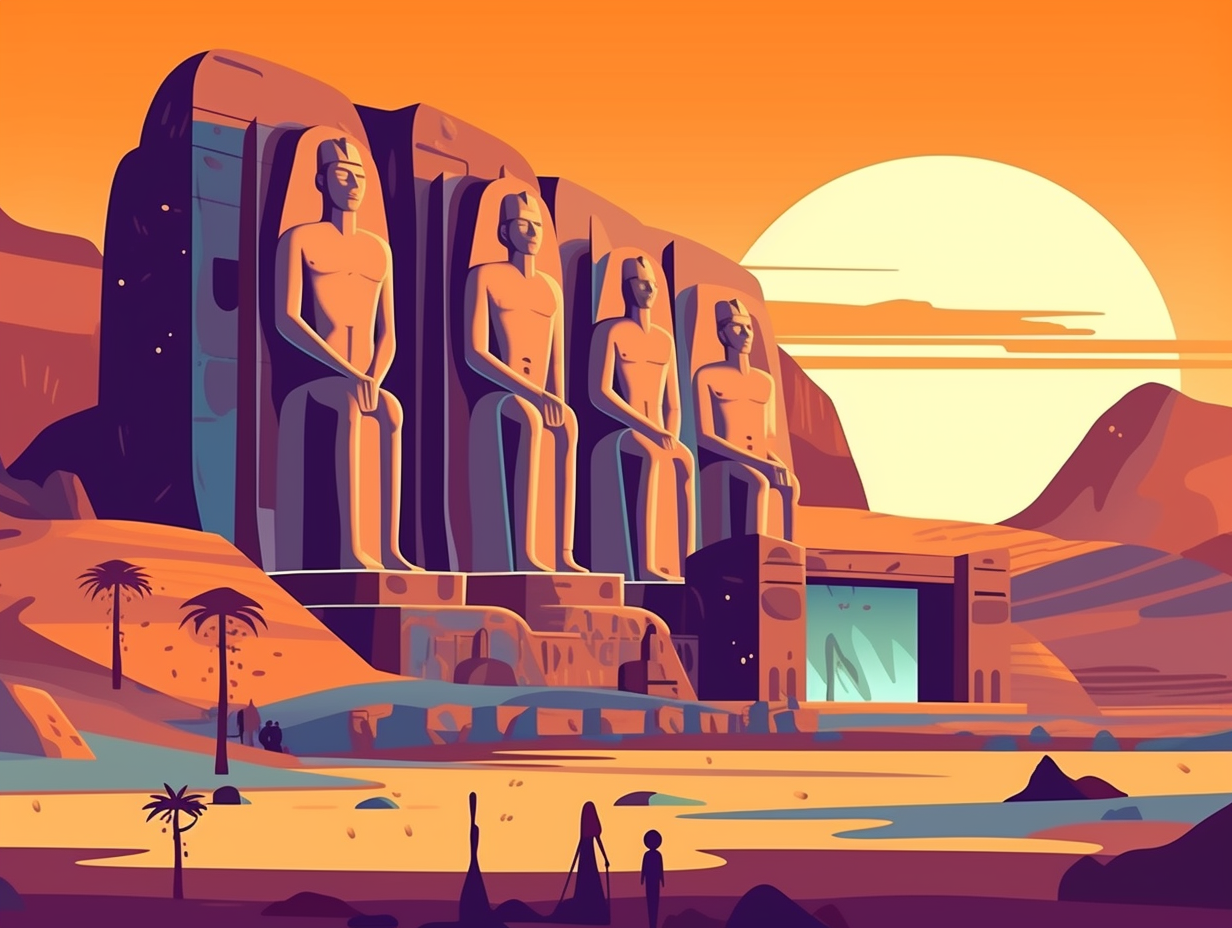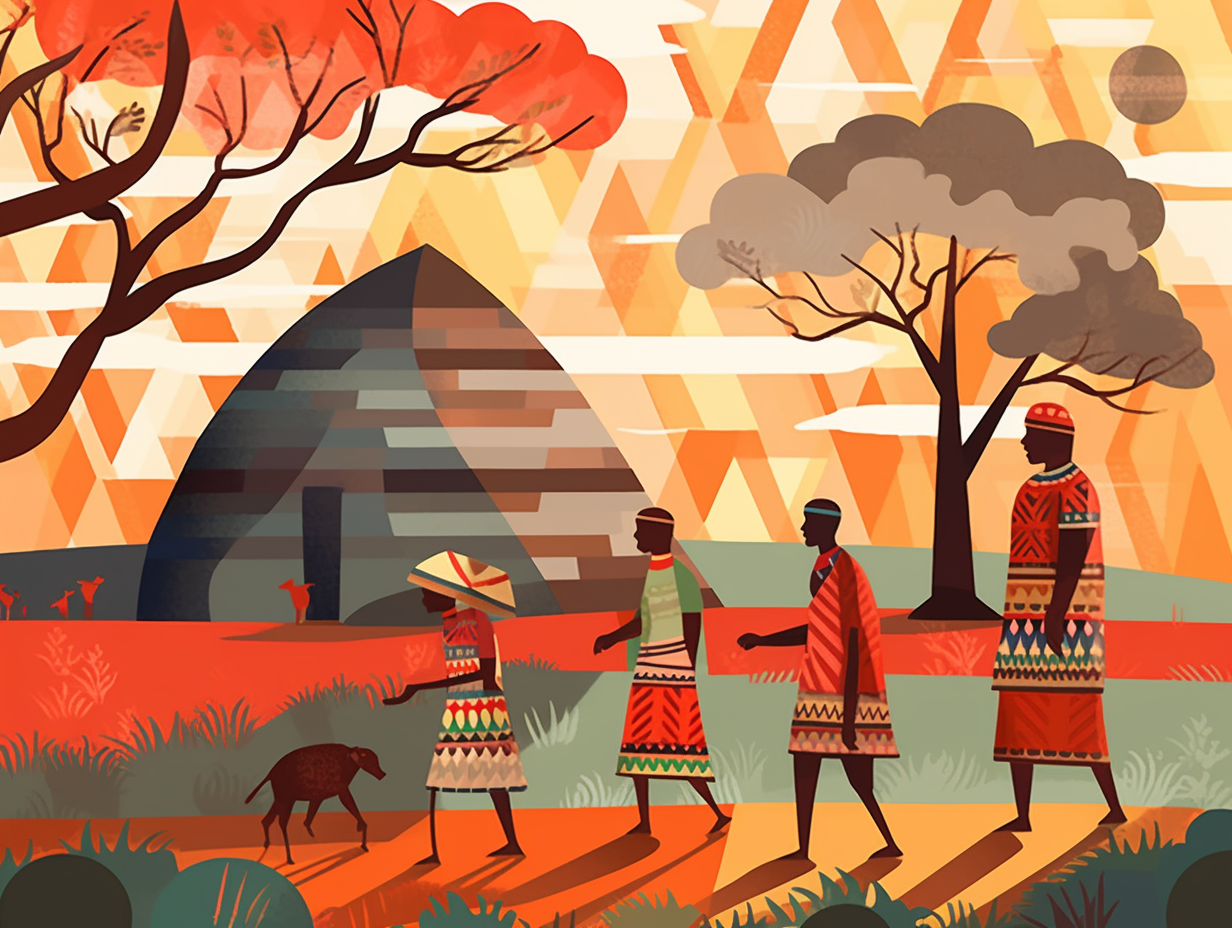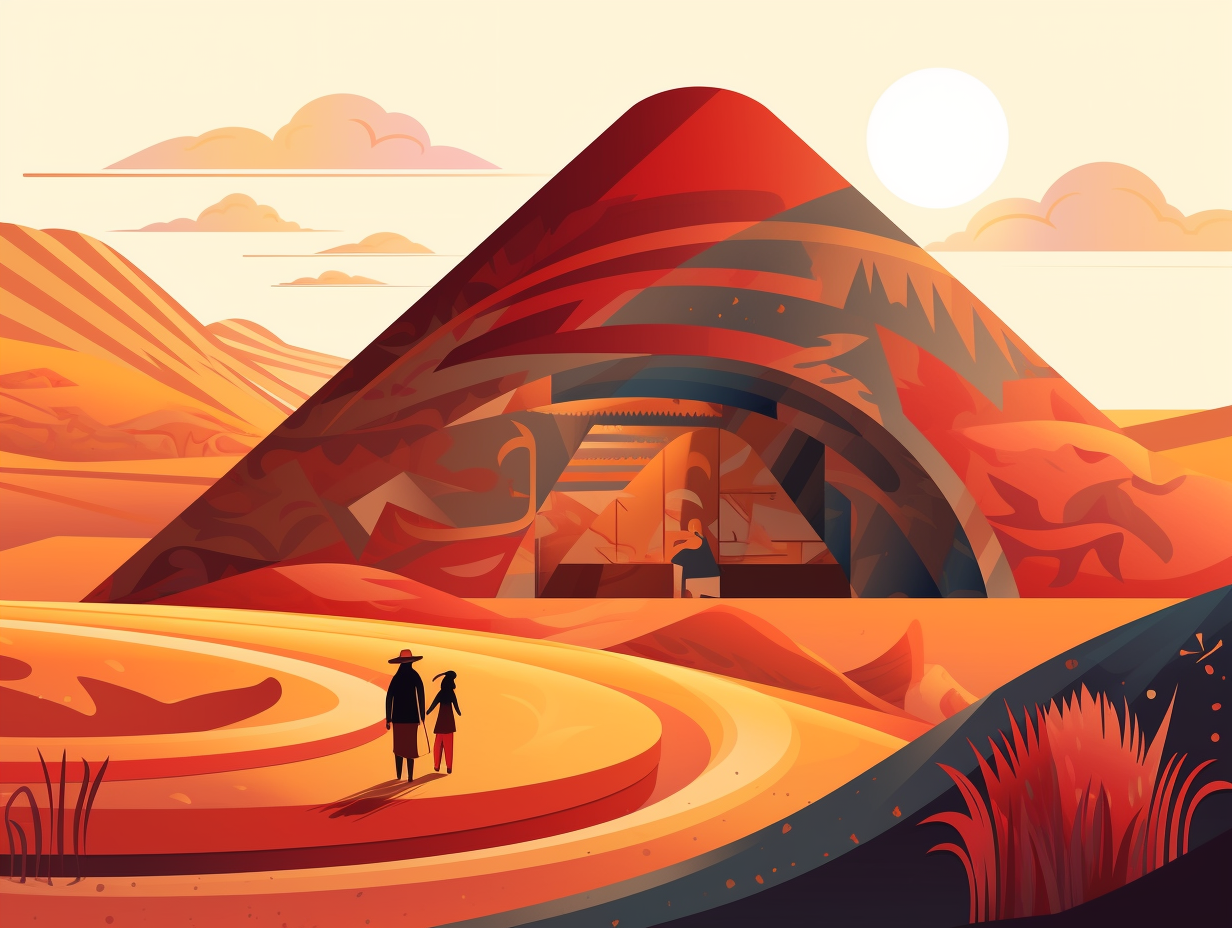Discover the Top 8 Unbelievable Fun Facts About Petrified Fossils That Will Amaze You!
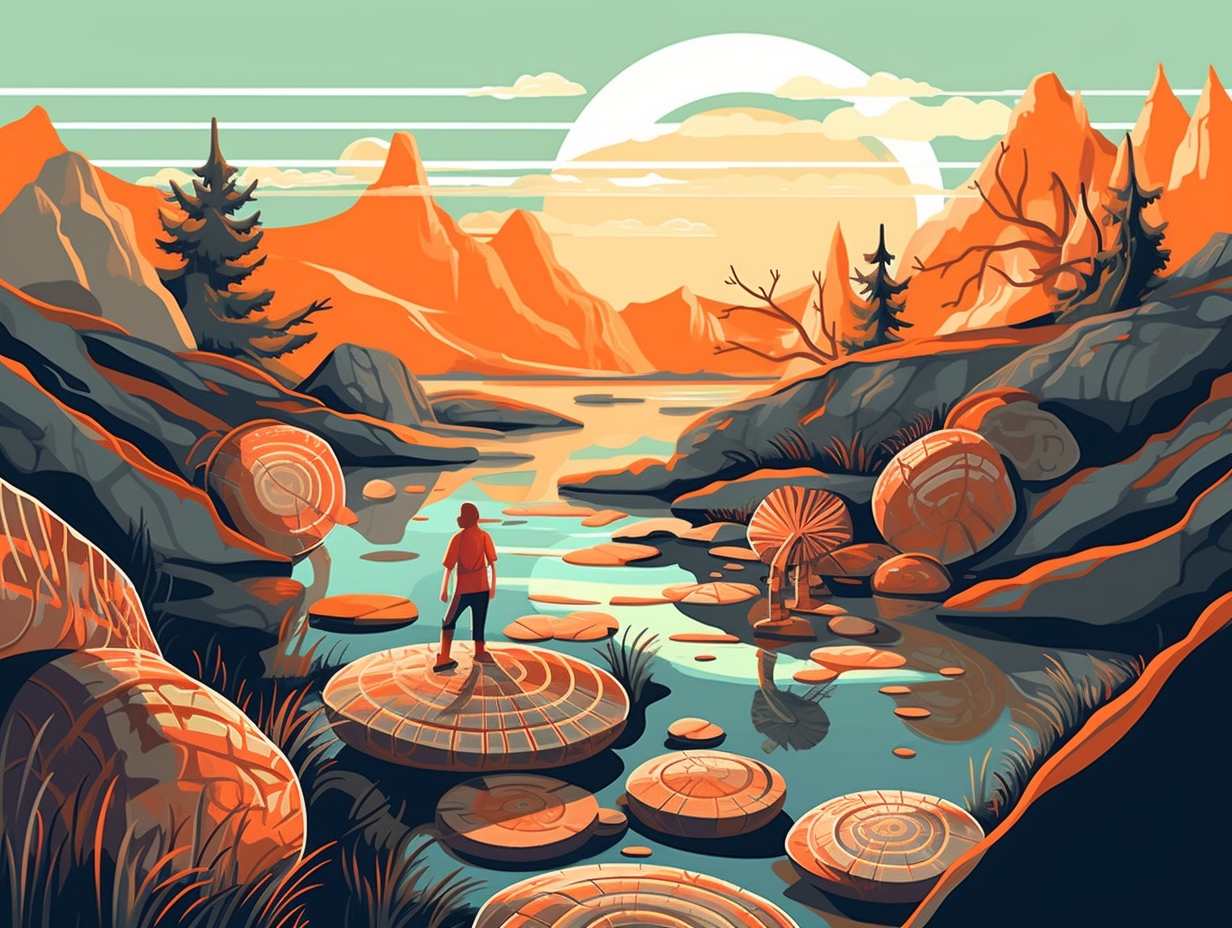
1. Green Old-timers
Feeling a little green behind the ears? Well, so were the first plants to colonize Earth, but they've got a 100-million-year head start on us! Seriously though: Petrified fossils have revealed that these plant pioneers arrived much earlier than we thought, dating back to about 500 million years ago, during the Cambrian period. This discovery, published in the Proceedings of the National Academy of Sciences, changes the game on how we view Earth's biosphere evolution and helps us understand the role plants played in shaping our world's atmosphere and climate.
Source => sci.news
2. Bored to Death Fossils
Talk about being bored to death: Petrified fossils can reveal evidence of ancient parasitism, such as fossilized shells with tiny holes drilled by boring sponges or snails, giving us a glimpse into the complex relationships in prehistoric ecosystems.
Source => opengeology.org

Did you know Ötzi the Iceman had the oldest therapeutic tattoos for acupuncture-like healing? Discover how charcoal and strategic placement played a role in ancient medical practices!
=> Fun Facts about Otzi-The-Iceman
3. Prehistoric Brain-Preservation Party
Talk about getting "brain fossilized" – those ancient Cambrian critters knew how to have a good time preserving their grey matter: Petrified fossils of Fuxianhuia protensa showcase the oldest preserved brain structures, allowing scientists to explore the fascinating evolution of vision and nervous systems in our prehistoric animal pals.
Source => nhm.ac.uk
4. Dino Fashionistas
You know how we often judge an attire by its threads? Well, imagine if your threads were actually feathers that you could tickle someone with: Sinosauropteryx, the first non-avialian dinosaur discovered with evidence of feathers, rocked primitive versions of modern feathers that featured a central quill and branching barbs. But wait, there's more fashionable fun: preserved pigment in the feathers showcased that our stylish dino friend sported a reddish and light banded tail, making it the trendsetter for non-avialian dinosaur coloration.
Source => en.wikipedia.org
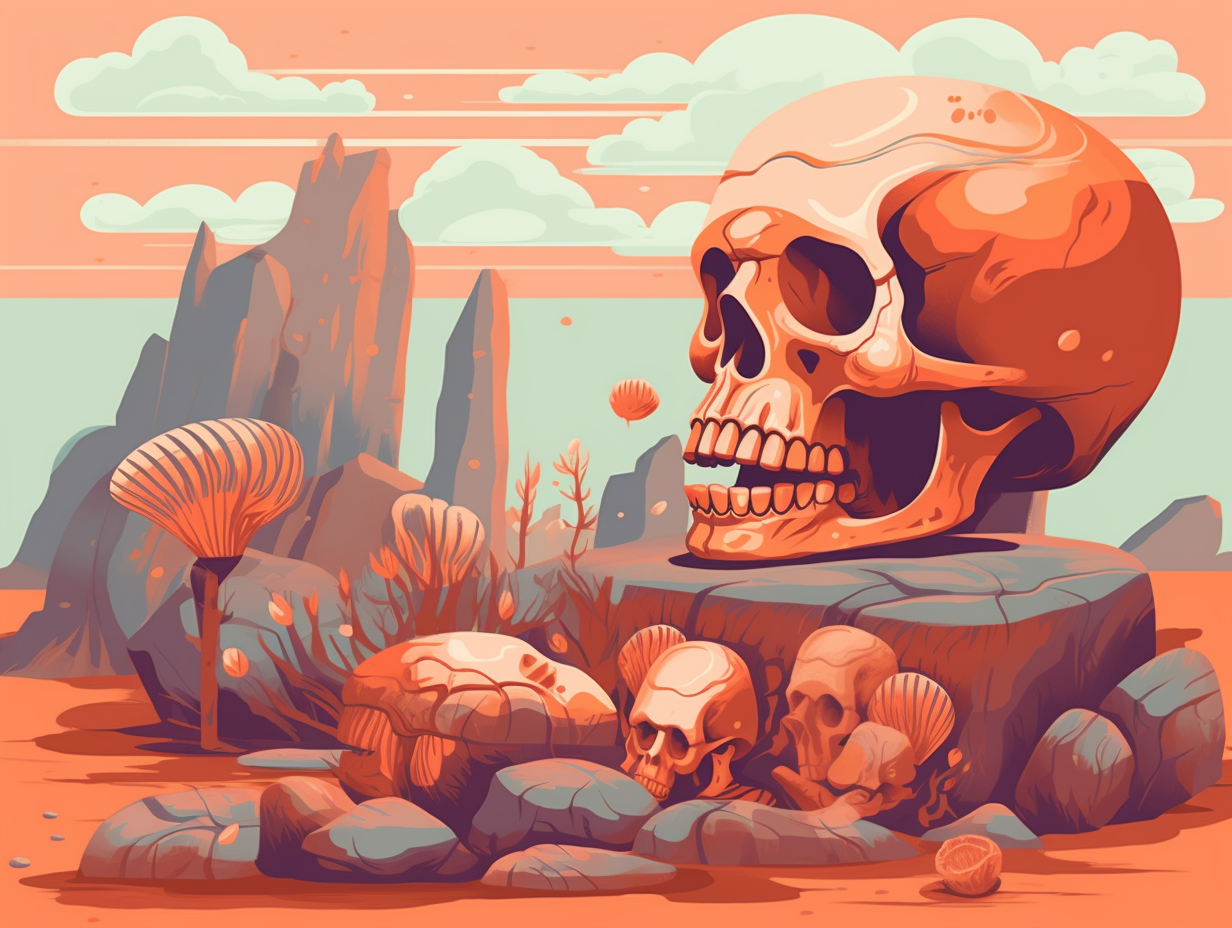
5. Velociraptor Tree-huggers
Hang on to your hats and your nearest Velociraptor: these prehistoric ninjas weren't slicing and dicing their prey like a Ginsu knife commercial, but instead, giving tree-hugging a whole new meaning. Researchers at the University of Manchester uncovered that their sharp-tipped foot claws were actually used for clinging to prey and climbing trees, making them not only swift and agile hunters, but skilled arborists in their spare time.
Source => newscientist.com
6. Megarachne Identity Crisis
Step aside, Spider-Man: Megarachne wasn't the colossal arachnid it was once believed to be. In reality, this 54 cm long creature was merely a medium-sized aquatic arthropod called a eurypterid. While it would've left today’s tarantulas shaking in their exoskeletons, Megarachne didn't boast a 20-times larger leg span. It simply swept through riverbeds to snack on smaller invertebrates, making it a priceless find, with only two specimens discovered in South America's Carboniferous deposits.
Source => en.wikipedia.org
7. Wood-turned-Bling
Step aside, fairy dust, there's a new sparkle in town! Petrified wood fossils are showing off their bling: some of these ancient, stone-hard tree remnants boast dazzling druzy crystals, formed as mineral-rich water seeped through the sediment, replacing the original plant material with a twinkling, colorful display that would make Tinkerbell green with envy.
Source => madagascandirect.com
8. Petrified Road Trips
Hold on to your "wood" you believe it humor, folks! You might just get "triass-icked" out of your seats: Petrified wood can be found in the Triassic rocks along the Canadian River in Lake Meredith National Recreation Area's Southwest. Geologists have even linked it to petrified wood from Arizona's Chinle Formation in Petrified Forest National Park, adding valuable insights into the geological history of the area.
Source => nps.gov
Related Fun Facts

